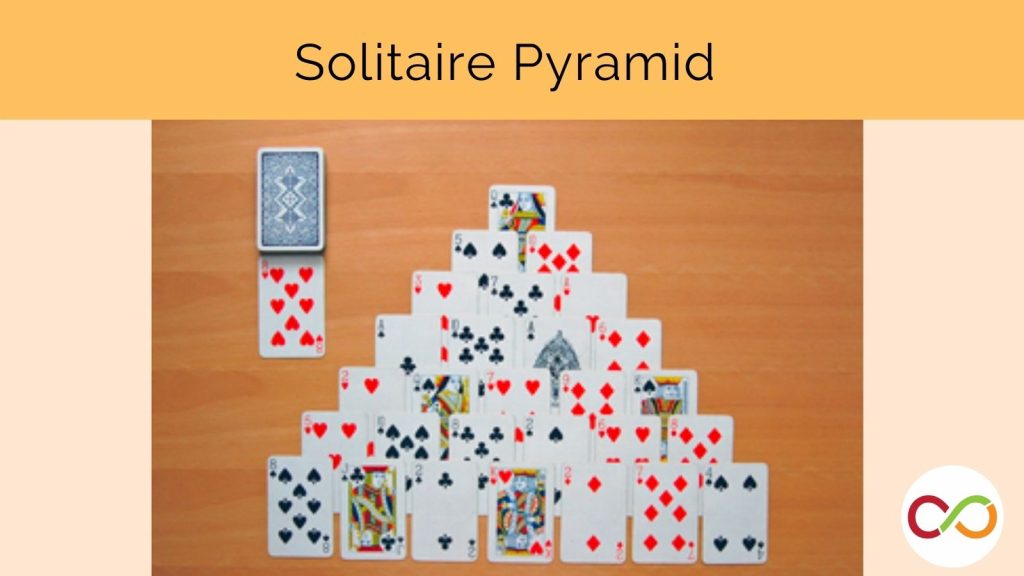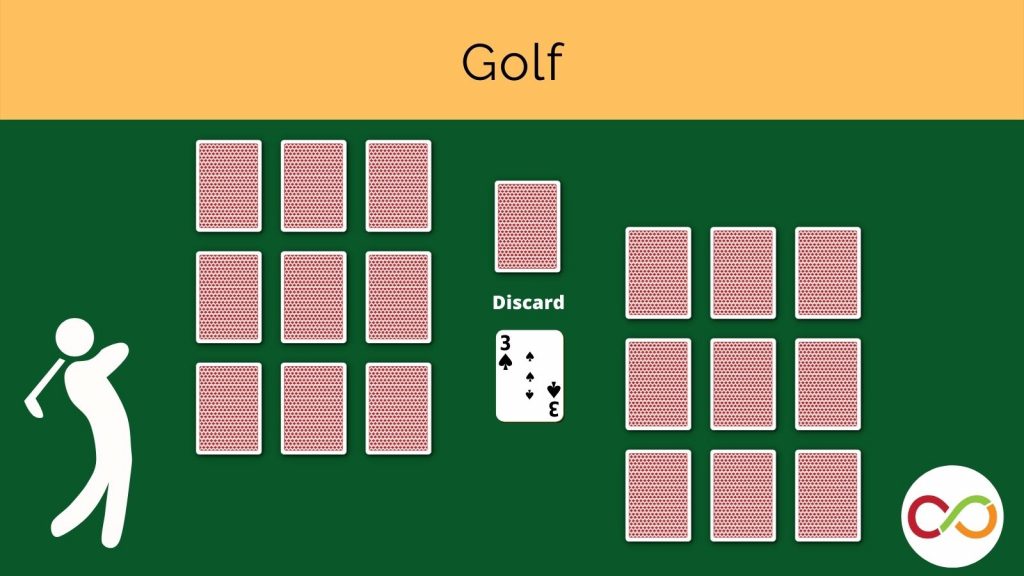Finding 10s
Primary/Junior (Age 6 – 12)
Curriculum Goal
Primary: Number Sense
- Recall and demonstrate addition facts for numbers up to 10.
- Recall and demonstrate multiplication facts of 2, 5, and 10.
Junior: Number Sense
- Recall and demonstrate multiplication facts for 1 × 1 to 10 × 10.
Context
- Two to four students and the teacher will work together in person or on a video conference chat.
- Students should have prior experience with adding numbers and composing equations.
- Use mental math strategies to multiply and divide whole numbers by 10.
Materials
In-person version
- One standard 52-card deck
Online version
- Game file (Playingcard.io upload instructions)
- Video conference capabilities
Lesson
Primary:
- The goal is for players to eliminate all the cards in their hand by having them add up to 10, or to multiples of 10.
- Each player starts with five cards in their hand. All face cards equal 10, and the Ace equals one.
- On their turn, each player chooses three cards from their hand that can either add up to 10 or be a multiple of 10.
- The player then uses their remaining two cards to create either a sum of 10 or a multiple of 10 to eliminate their cards.
- If that is not possible, the sum of the remaining two cards becomes a surplus score. The surplus score is used to determine the winner if all players cannot eliminate all five of their cards. For example, if a player has a 2 and a 10 remaining, they end that round with a surplus score of 12.
- If a player is dealt a hand from which they cannot choose three cards to add up to 10 or create a multiple of 10, they must identify their highest card and make that their surplus score.
- The first player to successfully eliminate all five cards in their hand wins the round. If players cannot eliminate all five cards, the player with the lowest sum of their remaining two cards (the surplus score) wins the round.
- All the cards are cleared at the end of the round and another round begins with each player having five cards in their hand.
Look Fors
- What strategies do the students implement to compose 10s or multiples of 10s?
- Can students quickly determine numbers that add up to 10 or to a multiple of 10?
- Can students accurately identify multiples of 10?
- Can students add two single- or double-digit numbers to find 10s or multiples of 10s?
- Can children identify or explain the strategies they use to combine the cards in their hand?
Extension
- Find multiples of five, instead of 10.
- Have players use addition, subtraction and multiplication to find 10s.
- Change the rules so that face cards have a value of 11, 12, and 13.
- Deal six cards to each player instead of five, so they are working with more numbers.
Created by Jennifer Mok. Adapted by The Robertson Program.
Share this lesson
Share on facebook
Share on twitter
Share on email


